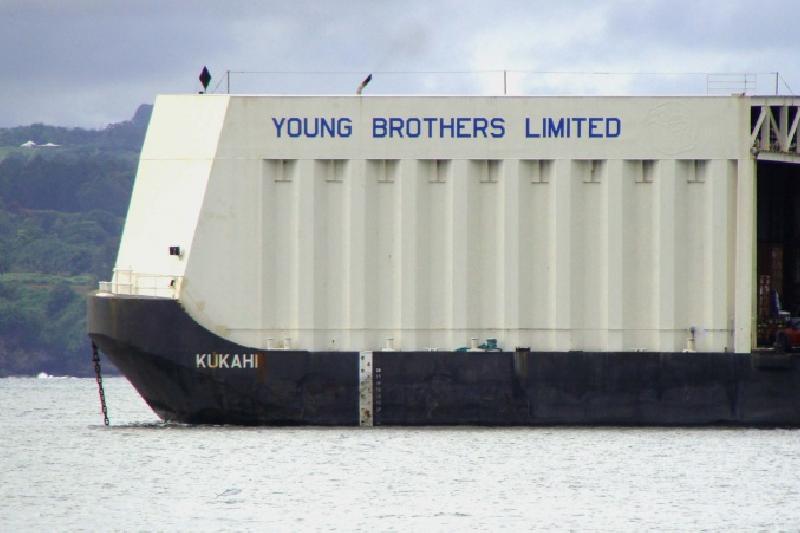Young Nēnē Geese Take Their Initial Flights

A young nēnē fledgling tests its wings in Hawai‘i Volcanoes National Park. NPS Photo/Kathleen Misajon.
Hawai’i Volcanoes National Park is seeing reappearances of nēnē geese after the state birds were less visible during the fall and winter.
During the year’s latter seasons, the nēnē hunker down to nest, raise goslings, and grow a new set of flight feathers.
Now, park officials say the geese are beginning to flock and younger nēnē are taking their first flights.
Drivers are being reminded to slow down and watch out for the native geese on roadways in and out of HVNP.
Last Saturday, two young fledglings were killed on Crater Rim Drive, between Kilauea Overlook and Jaggar Museum. The young birds, which were around six months old, were discovered by a park ranger.

An adult pair of nēnē in pūkiawe bush near Crater Rim Drive in Hawai‘i Volcanoes National Park. NPS Photo/Kathleen Misajon.
“Young fledglings test out their wings and explore new territories this time of year,” said Wildlife Biologist Kathleen Misajon, Manager of the Nēnē Recovery Program at HVNP. “The park uses nēnē crossing signs to alert motorists to key areas, however, until the young birds learn the ropes from their parents, the areas they choose to land can be unpredictable. It’s so important to be extra vigilant when driving so these kinds of accidents don’t happen,” Misajon said.
Nēnē, the largest native land animal in Hawai‘i, are present in the park and other locations on the Big Island all year long. They blend in with their surroundings and can be difficult for drivers to spot.
The birds are federally listed as endangered.
Nēnē crossing signs posted throughout the park call attention to roadside areas frequented by nēnē. These include Crater Rim Drive, Chain of Craters Road, and sections of Highway 11.
In 1952, only 30 birds remained statewide. HVNP began efforts to recover the species in the 1970s. The Nēnē Recovery Program continues today, and more than 250 birds thrive in the park from sea level to around 8,000 feet. More than 2,500 nēnē exist statewide.
Wild nēnē are the world’s rarest goose. They are only found in Hawai‘i and the last survivor of several other endemic geese. Their strong feet sport padded toes and reduced webbing, an adaptation that allows them to traverse rough terrain like lava plains.
Most nēnē fly between nighttime roosts and daytime feeding grounds.
To report nēnē on the road in the park, call 985-6170. Outside the park, call 974-4221.












